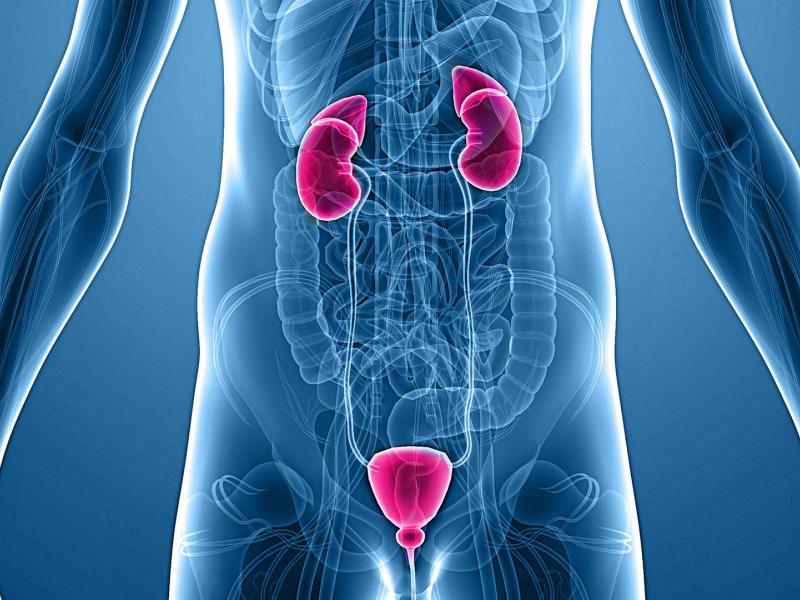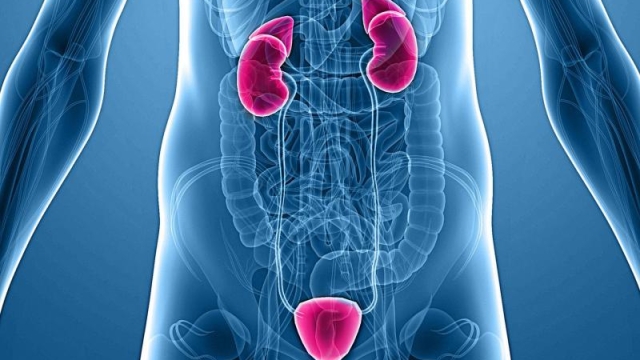Urology, the fascinating branch of medicine dedicated to the study and treatment of the urinary system, holds a significant role in our overall wellbeing. From the moment we’re born, this intricate system plays an essential role in maintaining our health and ensuring the proper functioning of our bodies. Though often overlooked, the field of urology encompasses the diagnosis and treatment of various conditions affecting the kidneys, bladder, ureters, and urethra. While it may not be a topic that typically garners attention, understanding the importance of urology is crucial for maintaining a healthy and balanced life.
Whether it’s investigating urinary tract infections, addressing kidney stones, or managing prostate-related problems, urologists are specialized physicians who provide relief and solutions to individuals experiencing urological issues. From infancy to old age, this medical discipline covers a broad spectrum of conditions and treats patients across a diverse range of demographics.
In this article, we will embark on a journey through the world of urology, exploring the various aspects of this multidimensional field. We will delve into the role of urologists as medical detectives, unraveling the mysteries behind urinary symptoms and determining the best paths towards recovery. We will also discover the latest advancements in urological research and technologies that aid in diagnosis and treatment.
Join us as we navigate the intricacies of urology and learn about the remarkable ways in which this branch of medicine impacts our lives. From understanding the underlying causes of urinary tract infections to shedding light on cutting-edge treatments for bladder cancer, this article aims to shed light on the invaluable contributions of urologists and their tireless efforts to promote health and wellness. So, sit back, relax, and prepare to dive into the intriguing world of urology – a realm that holds the key to optimal urinary health and beyond.
Common Urological Conditions
In the world of urology, there are several common conditions that individuals may experience. These conditions often affect the urinary system and can cause discomfort or concern. Understanding these conditions is essential for diagnosing and treating urological issues effectively.
One common urological condition is urinary tract infections (UTIs). UTIs occur when bacteria enter the urinary tract, leading to infection. Symptoms may include a frequent urge to urinate, a burning sensation during urination, cloudy or strong-smelling urine, and pelvic pain. UTIs can typically be treated with antibiotics and by drinking plenty of fluids to flush out the bacteria.
Another prevalent condition is kidney stones. These are hard deposits that form in the kidneys and can cause severe pain and discomfort when they pass through the urinary tract. Common symptoms of kidney stones include intense back or abdominal pain, blood in the urine, and frequent urination. Treatment for kidney stones may involve medications to help manage the pain and promote stone passage, or in more severe cases, surgical intervention may be necessary.
Prostate enlargement, also known as benign prostatic hyperplasia (BPH), is another condition that affects many individuals, primarily older men. BPH occurs when the prostate gland enlarges and puts pressure on the urethra, causing urinary symptoms. These symptoms may include frequent urination, difficulty starting and stopping the flow of urine, weak urine flow, and a sense of incomplete bladder emptying. Treatment options for BPH range from medication to surgery, depending on the severity of the symptoms.
Being aware of these common urological conditions can help individuals recognize any potential problems and seek appropriate medical attention. Early detection and treatment are crucial for managing urological issues effectively and maintaining overall urinary health.
Diagnostic Approaches in Urology
In the field of urology, accurate diagnosis is crucial for effective treatment and management of various urinary tract conditions. Urologists employ several diagnostic approaches to assess the health and functioning of the urinary system. These methods help identify the underlying causes of symptoms and guide appropriate interventions.
-
Medical history and physical examination: The diagnostic process typically begins with a thorough medical history review and physical examination. Urologists engage in detailed conversations with patients to gather information about their symptoms, medical conditions, and lifestyle factors that may contribute to urological issues. Through a physical examination, urologists may identify visible signs or abnormalities that can aid in the diagnostic process.
-
Laboratory tests: Urologists frequently request laboratory tests to gain further insight into a patient’s condition. These tests may include urinalysis, which examines the chemical composition and physical properties of urine. Additionally, blood tests can provide valuable information about kidney function, hormonal balance, and markers of infection or inflammation. Laboratory test results often help urologists confirm or rule out possible diagnoses.
-
Imaging techniques: Urologists may utilize various imaging techniques to visualize and evaluate the urinary system. Common imaging methods include ultrasound, which uses sound waves to produce detailed images of the kidneys, bladder, and other urinary organs. X-ray examinations, such as intravenous urography, can provide a comprehensive overview of the urinary tract and identify any structural abnormalities. In more complex cases, computed tomography (CT) scans and magnetic resonance imaging (MRI) may offer more detailed and three-dimensional views of the urinary system.
By combining the information gathered from medical history, physical examinations, laboratory tests, and imaging techniques, urologists can make more accurate diagnoses and develop personalized treatment plans for their patients. Diagnostic approaches in urology play a crucial role in identifying urological conditions promptly, enabling timely interventions and improving patient outcomes.
Treatment Options in Urology
In the world of urology, there are various treatment options available for different conditions. These options aim to improve the health and well-being of individuals by addressing specific urological issues. From medication to surgical interventions, let’s explore some of the treatment options commonly employed in urology.
-
Medication: Medications play a vital role in treating urological conditions. They are often prescribed to alleviate symptoms, manage pain, or control infections. For example, antibiotics can effectively treat urinary tract infections (UTIs), while alpha-blockers may be prescribed to relax the muscles in the prostate and bladder, improving urine flow for patients with benign prostatic hyperplasia (BPH). Depending on the condition, medication can be a valuable standalone treatment or used in conjunction with other therapies.
-
Minimally Invasive Procedures: Minimally invasive procedures have revolutionized the field of urology, providing less invasive alternatives to traditional surgical techniques. These procedures utilize advanced technology to treat conditions such as kidney stones, prostate enlargement, and urinary incontinence. Some common minimally invasive treatments include laser therapy for kidney stones, robotic-assisted surgery for prostate cancer, and injection therapy for urinary incontinence. These procedures often result in shorter recovery times, less pain, and reduced risk of complications.
-
Surgical Interventions: When conservative measures and minimally invasive procedures are not sufficient, surgical interventions may be necessary. Urological surgeries aim to correct structural abnormalities, remove cancerous tissues, or improve the functioning of the urinary system. Examples of surgical procedures in urology include nephrectomy (the removal of a kidney), cystectomy (the removal of the bladder), and prostatectomy (the removal of the prostate gland). Surgical interventions are typically tailored to each individual’s unique needs and condition, giving urologists the ability to provide personalized care.

By offering a range of treatment options, urology strives to improve the quality of life for individuals with urological conditions. Whether it be through medication, minimally invasive procedures, or surgical interventions, the field of urology continues to advance, providing hope and effective solutions for patients worldwide.
